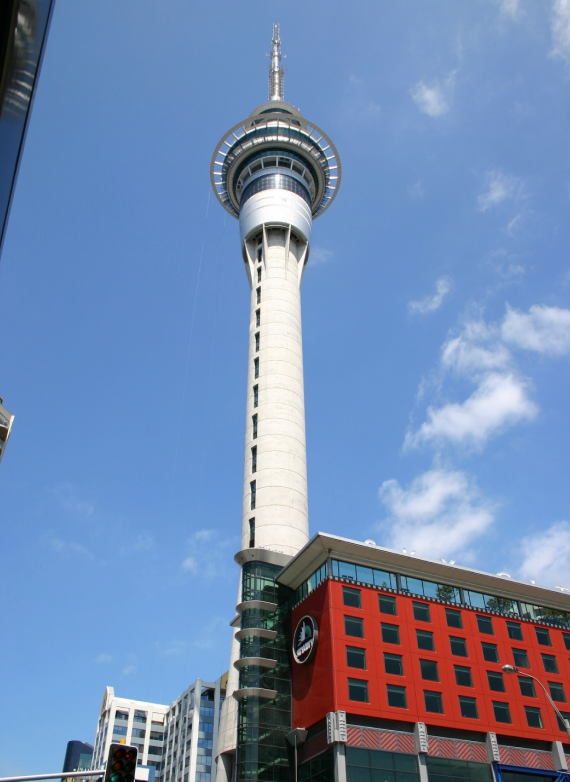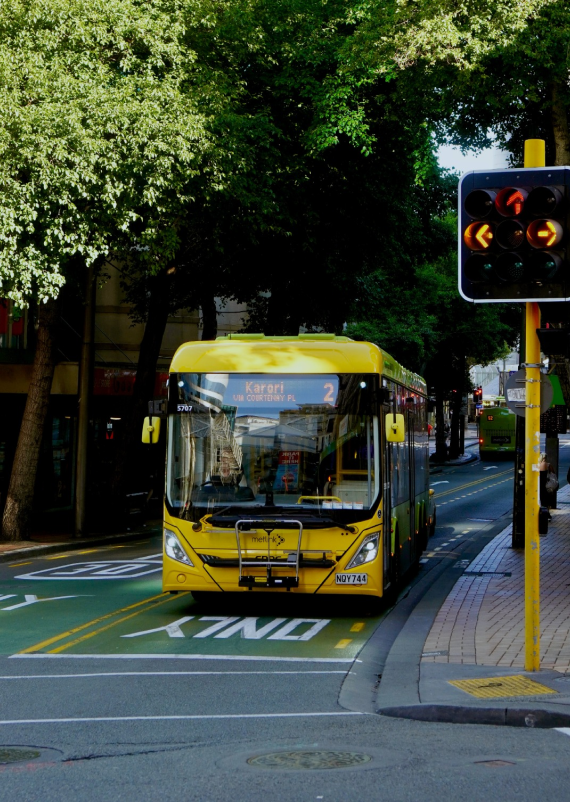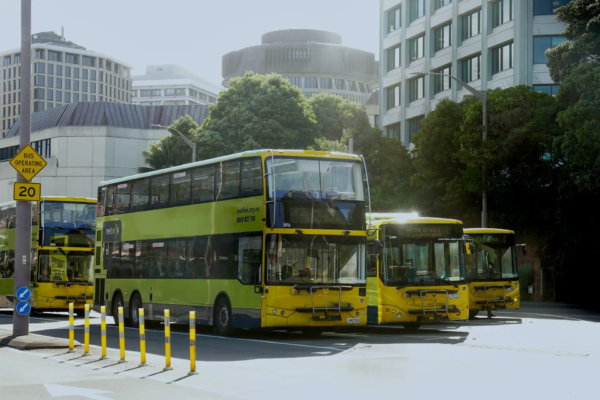4 Ridesharing
4.0.1 Description
Ridesharing have existed for a long time in the form of taxis and carpooling. These services have gained more prominence recently with the advent of companies such as Uber and Lyft. The ridesharing component is when riders share the vehicle, which relies on the coordination of similar itineraries and the willingness of riders to travel together.
4.0.2 Type of travel affected
Ridesharing is used for general passenger travel, including for people who lack other forms of mobility, and for the delivery of small goods.
4.0.3 How travel and emission effects, including long-run, can be measured and modelled
CO2 effects differ for the different types of services and are, by no means, clearly beneficial in all cases.
Ridesharing solutions can ensure a more efficient use of vehicles with higher load factors. It is yet to be seen whether ridesharing in pooled autonomous vehicles (AV) will be preferred to single-occupant AVs but early research points to this preference (Stoiber et al., 2019). However, some literature already points out some potential rebound effects derived from household relocation and travel cost reductions that can absorb 50-70% of load factor savings due to additional travel or longer trips being made (Yin et al., 2018).
The long-run effect of a shift to MaaS is yet to be determined but the above research results suggest MaaS will generate more trips in general and may contribute to urban sprawl if ride-hailing services are also available beyond the city centre (as is likely). The emissions effect is more uncertain and will depend on the energy costs (capital and operating) of vehicles used for each mode and the extent of any change in VKT (Tirachini, 2020).
4.0.4 Secondary impacts
The operation of rail-hailing/sharing platforms requires appropriate licensing and enforcement by the relevant authority. Additionally, there will be a need for some degree of regulation to create a level playing field for providers.
Ridesharing services may further increase accessibility, decrease mobility costs and interact with public transport to produce more efficient use of public transport infrastructure. Moreover, parking spaces can be significantly reduced, returning urban space to citizens and ensuring the availability of curbside pickup and drop-off locations.
4.0.5 Key Information sources
Henao, A., & Marshall, W. E. (2019). The impact of ride-hailing on vehicle miles traveled. Transportation, 46(6), 2173–2194.
Estimates that ride-hailing led to approximately 83% more VKT than would have been driven had ride-hailing not existed in Denver, measured from a researcher becoming driver at Uber and Lyft.
ITF (2021) Transport Climate Action Directory – Ride-sharing / Ride-hailing. https://www.itf-oecd.org/policy/ride-sharing-ride-hailing
Jalali et al. (2017) Investigating the Potential of Ridesharing to Reduce Vehicle Emissions. https://doi.org/10.17645/up.v2i2.937
Investigates the opportunity for ridesharing by matching trip patterns of 8900 privately-owned vehicles in Changsha, China and finds the potential to reduce total VKT by 7-24%.
Stoibera et al. (2019) Will consumers prefer shared and pooled-use autonomous vehicles? A stated choice experiment with Swiss households. https://doi.org/10.1016/j.trd.2018.12.019
Survey shows 61% of 709 respondents would prefer a pooled AV service to a single-occupant AV.
Tirachini, A., & Gomez-Lobo, A. (2020). Does ride-hailing increase or decrease vehicle kilometers traveled (VKT)? A simulation approach for Santiago de Chile. International Journal of Sustainable Transportation, 14(3), 187–204. https://doi.org/10.1080/15568318.2018.1539146
Yin et al. (2018) Appraising the environmental benefits of ride-sharing: The Paris region case study. https://doi.org/10.1016/j.jclepro.2017.12.186
A model suggests that a 50% higher vehicle occupancy rate, as a result of ridesharing, in Paris in 2030 would lead to 33% lower emissions per km but the net reduction in total would reduce to 11-16% once mode switching and longer trips were taken into account.





























